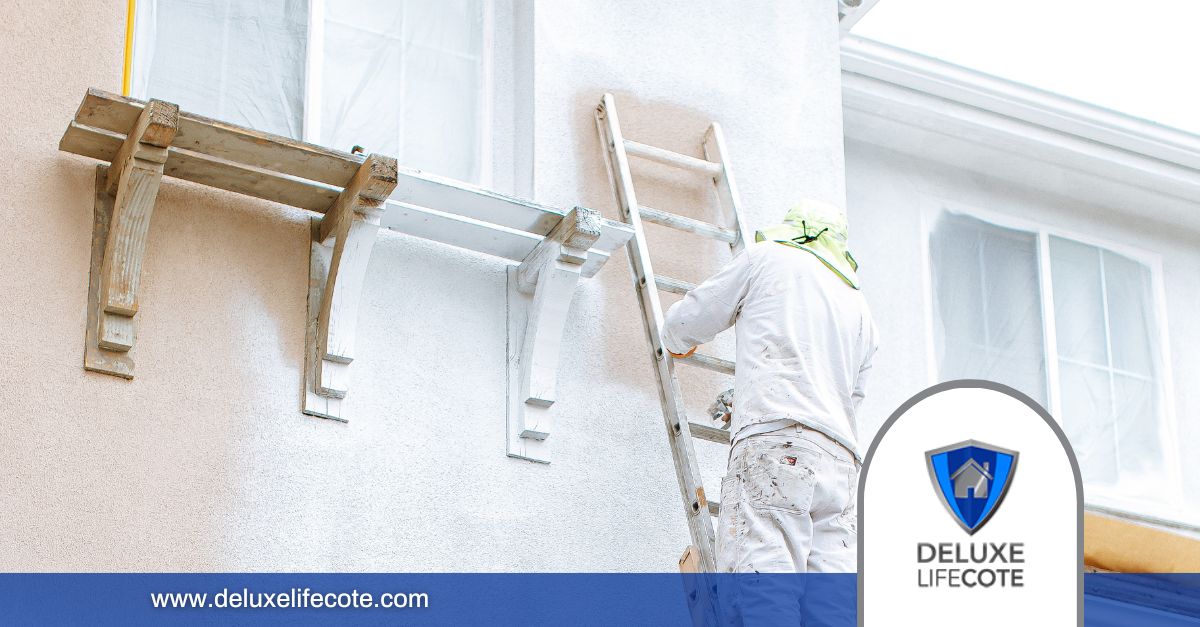House painting is a form of house maintenance. It makes your house more appealing. It also improves its curb appeal. But when is the best time to apply a fresh coat of paint? Should you consider exterior all-weather paint with a lifetime guarantee?
Is There a Perfect Time to Apply Exterior All-Water Paint?
A fresh coat of exterior paint can breathe new life into your home. As mentioned, it enhances its curb appeal. It also protects your house from the elements. But the timing can play a vital role in achieving the best results.
Temperature Matters
Temperature is a key determinant when it comes to exterior painting. The temperature should be within a certain range to ensure proper paint adhesion and drying. Most paint manufacturers recommend applying paint when the temperature is between 50°F and 85°F. Painting in excessively cold temperatures can lead to poor paint drying and adhesion. High temperatures, on the other hand, can cause the paint to dry too quickly, potentially resulting in a less even finish.
Avoid Extreme Weather
It is vital to consider the water conditions when you plan your paint project. Avoid painting during rainy or humid periods. Moisture at this time of the year can interfere with paint adhesion and cause the paint to blister or peel. Strong winds can blow debris onto wet paint, marring the finish. Opt for a time when the weather forecast indicates a stretch of dry and relatively calm days to ensure optimal paint application and drying.
Seasonal Considerations
The best time to apply exterior paint can vary depending on your location and the limit of your region. In general, spring and fall are often considered ideal seasons for exterior painting. Spring offers mild temperatures and reduced humidity. Fall, on the other hand, provides cooler weather and less direct sunlight. These conditions create an environment conducive to proper paint curing and adhesion.
Avoid Direct Sunlight
Sunlight is essential for paint to dry. But direct sunlight can be problematic during the application process. Painting in direct sunlight can cause the paint to dry too quickly, leading to lap marks, uneven coverage, and decreased adhesion.
Consider Drying Time
Keep in mind that most exterior paint requires several hours to dry before a second coat can be applied. Factor in the drying time when planning your paint schedule to ensure that you have adequate time to complete the project.
Energy-Efficient Paint
Do not choose any paint for your home’s exterior. Instead, opt for a more energy-efficient paint, like Deluxe Lifecote. With this kind of paint, you can free yourself of any recurring paint costs. It means that after the painting is done, your home’s exterior is protected throughout its lifetime. You no longer have to schedule a re-painting job every three to five years. Most of all, DLC offers a lifetime guarantee even to cracking. This is not something that you find in other paint brands.
Guaranteed for Life
If you wish to benefit from not painting your home’s exterior every three to five years and save up to $8,000, then make sure to consult our team. Call us today and ask about our exterior all-weather paint.


